How to Identify Natural Incense: Choosing the Right Incense for Your Health and Well-being
In recent years, incense has evolved from a traditional Eastern ritual to a modern lifestyle essential. Whether it’s the lingering aroma of agarwood incense in a study or the soothing scent of jasmine incense powder in a bedroom, natural incense is subtly reshaping our perception of daily rituals and wellness.
However, as demand surges, the market is flooded with synthetic incense products made with artificial fragrances and chemical binders. Many of these products are marketed as “handcrafted” or “plant-based,” yet they may pose health risks when used regularly. So, how can you distinguish authentic natural incense from synthetic ones? In this guide, we’ll break it down by examining ingredients, scent, and burn characteristics to help you make a safer and more informed choice.
1. What Is Natural Incense
Natural incense refers to incense made from raw plant-based ingredients without chemical additives. The key factor in determining whether an incense is natural is its ingredients and production process, rather than how it is made. Natural incense can be handcrafted or produced using industrial machines, as long as no artificial fragrances, synthetic binders, or harmful chemicals are added.
When people talk about “bad incense,” they are usually referring to synthetic fragrance incense, which is made using chemical-based perfume oils rather than natural raw materials. To choose safe, high-quality incense, it’s crucial to examine both the ingredients and the production methods.
2. The Hidden Dangers of Synthetic Incense
Synthetic incense is produced using industrial chemical processes. Since the late 19th century, synthetic fragrance manufacturing has allowed companies to create low-cost, mass-produced incense that mimics natural scents. While synthetic incense is affordable and widely available, its long-term use can be harmful to your health. When burned, it releases benzene, formaldehyde, and other toxic compounds, which can lead to coughing, asthma, allergic rhinitis, and other respiratory issues.
Key Harmful Ingredients in Synthetic Incense
- Wood Powder Fillers: Sawdust, bamboo shavings, nut shells, and other low-cost plant materials used as incense base fillers, often sourced from industrial waste.
- Chemical Binders: Polyacrylamide (white glue powder) contains acrylamide, a neurotoxic and carcinogenic compound.
- Combustion Accelerators: Potassium nitrate speeds up burning but can produce nitrous oxides with carcinogenic effects.
- Artificial Dyes: Brightly colored sticks often use petroleum-based dyes containing heavy metal residues like arsenic, mercury, and lead.
- Synthetic Fragrances: Derived from coal tar or petroleum by-products; burn to release benzene rings and formaldehyde.
- Stone Powder (Talc & Calcium Carbonate): Increases weight and shine but offers no aromatic value and produces toxic fine dust.
- Other Additives: Flashing powder with barium sulfate, strontium nitrate, and cellulose fillers further increase health risks.
3. How to Identify Natural Incense versus Synthetic Incense
When purchasing incense, keep the following points in mind:


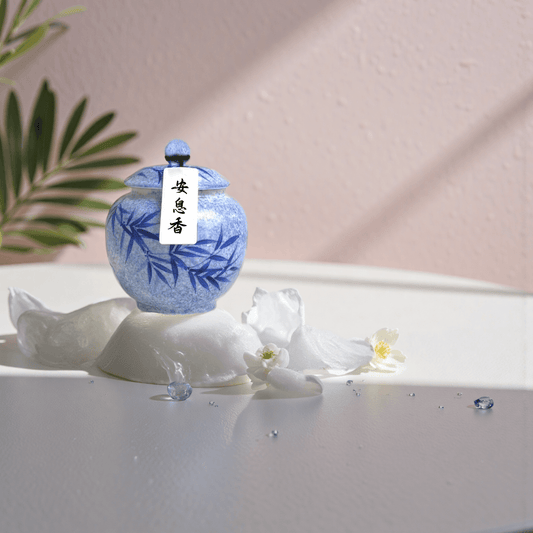
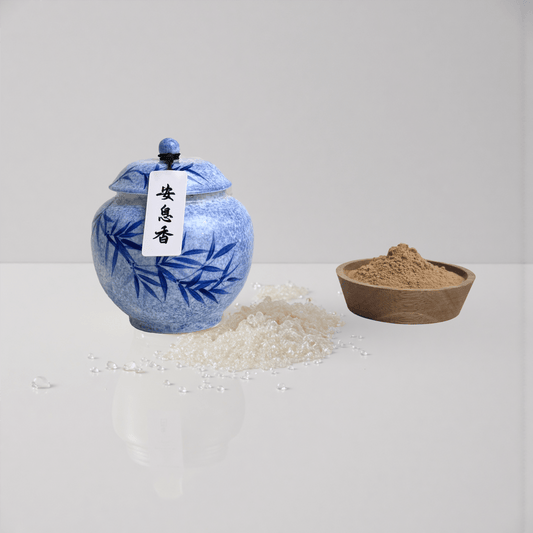

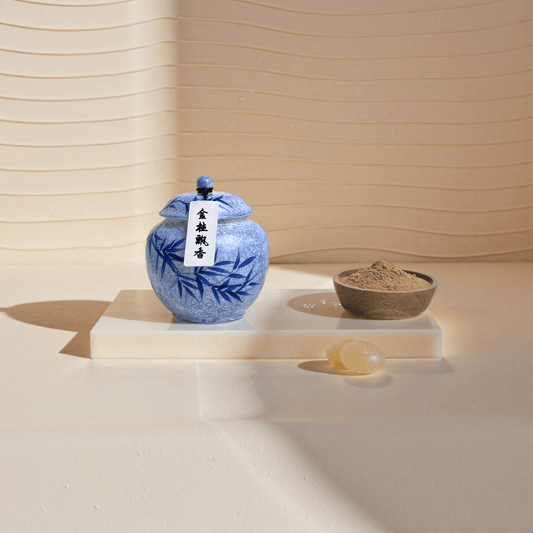
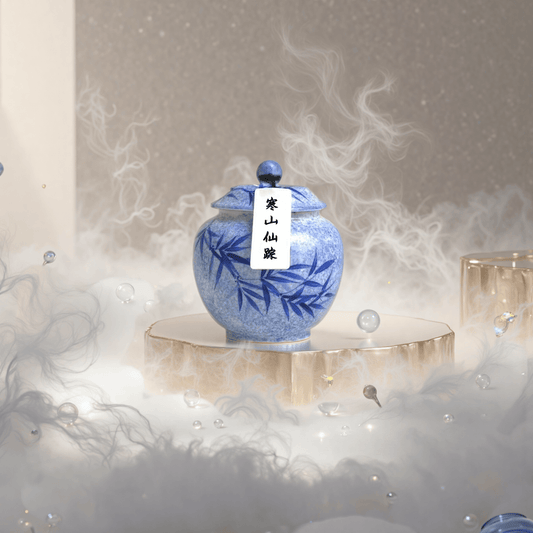

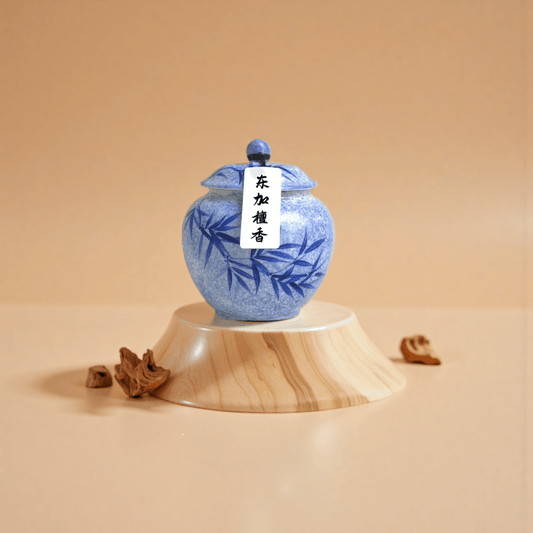
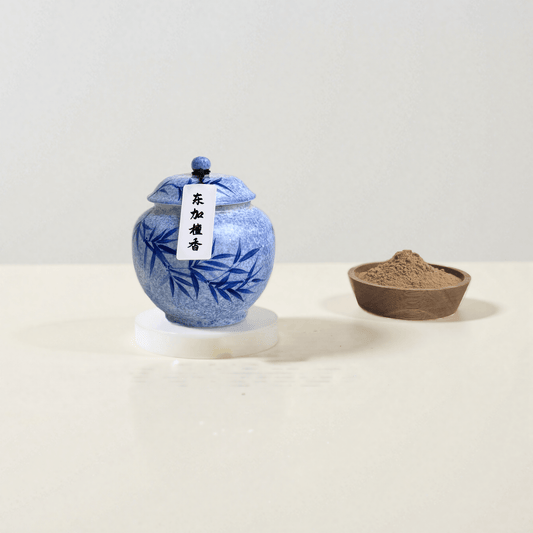
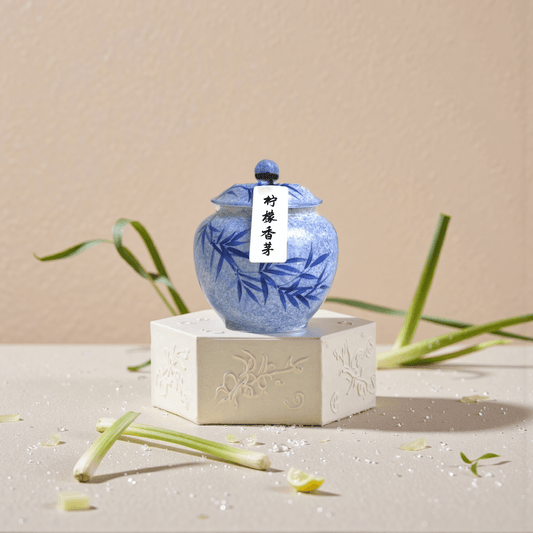

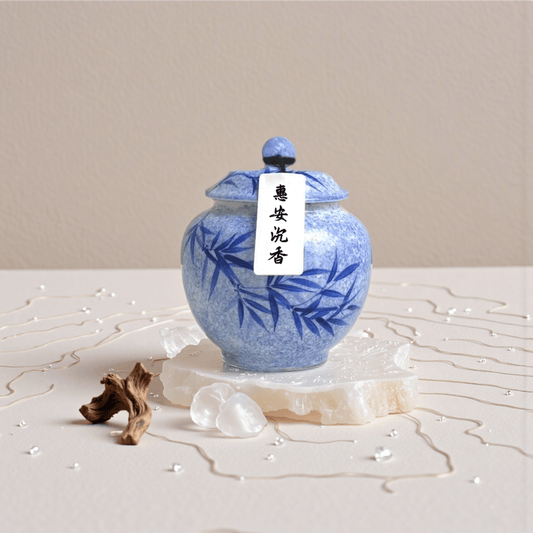
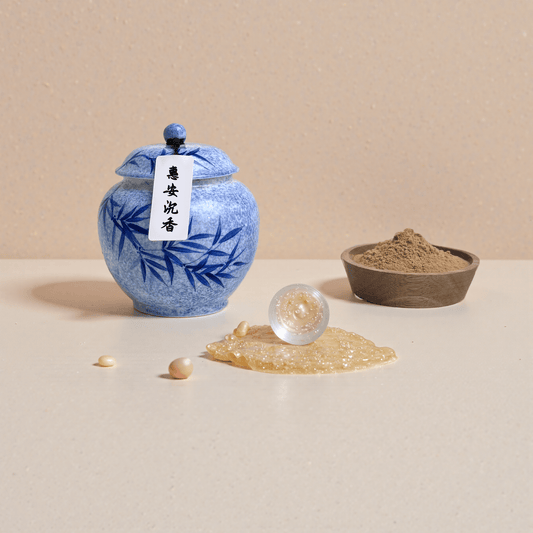
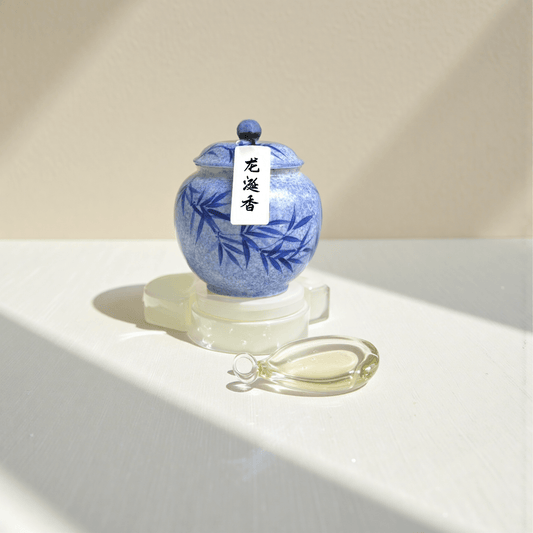

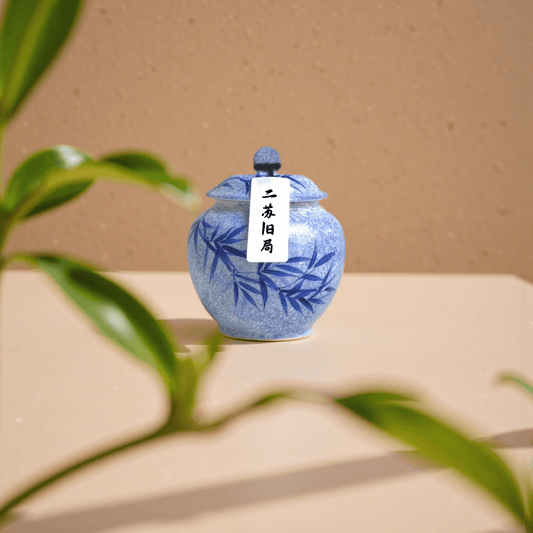












No comments